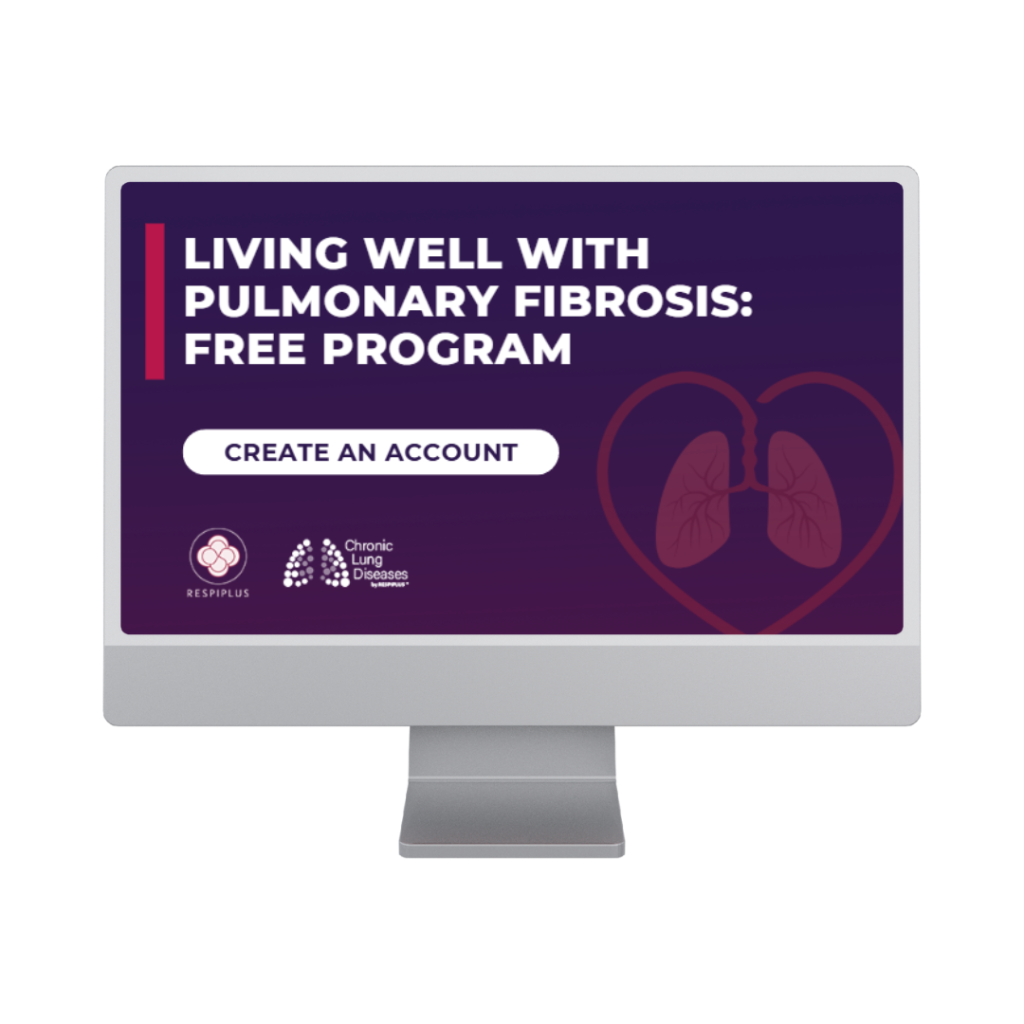
Pulmonary Fibrosis and Exercise: How to Stay Active
Discover why plasma is crucial for chronic lung patients. Learn about Alpha-1 Augmentation Therapy, immune support, and the role of donation.
A diagnosis of pulmonary fibrosis (PF) can make the idea of exercise seem daunting, or even impossible. When every breath is a challenge, pushing your body might feel counterintuitive.
However, decades of research have shown that for most people with pulmonary fibrosis (PF), safe and regular physical activity is one of the most effective ways to manage symptoms and improve overall quality of life.
Staying active is not just about strengthening your muscles. It’s about improving your lung function, boosting your energy levels, and helping you feel more in control of your daily life. Exercise can reduce shortness of breath, increase your stamina, and even improve your mood.
In this guide, we’ll explore why exercise is so important for those with PF and provide practical, actionable tips on how to get started safely and effectively.
This content is inspired by our “Living Well with Pulmonary Fibrosis” guide, designed to help patients live better.

When your lungs are scarred and stiff, they have to work harder to get oxygen to your body. This extra effort can lead to a cycle of inactivity: you feel short of breath, so you avoid activity, which causes your muscles to weaken and your stamina to decrease, making you even more breathless the next time you try to move.
Exercise breaks this cycle. While it can’t cure your lung disease, it can make a significant difference in how you feel.

Before you begin any new exercise program, it is essential to talk to your doctor or a physical therapist. They can help you create a personalized plan that is safe and effective for your specific condition.
The guide identifies which symptoms are normal during physical activity and which are a signal to stop.
The guide offers several practical ways to increase your activity level:
Use a Pedometer: A pedometer or a fitness tracker can help you set and achieve step goals. A good way to start is to determine your daily average over three days and then aim to add 1,000 steps to that average each month until you reach a goal of 5,000 to 6,000 steps per day.
Join a Gym or Community Center: These centers often have a variety of programs suitable for people with chronic conditions. Be sure to inform the trainers of your medical condition.
Participate in a Pulmonary Rehabilitation Program: If you are limited in your daily activities and need support, a pulmonary rehabilitation program is a structured and supervised exercise plan specifically designed for people with chronic pulmonary disease. Talk to your doctor to be referred to a specialist.

Even with the best intentions, it can be hard to stay motivated. Here are some tips to help you stick to your plan:
This blog is part of the Living Well with Pulmonary Fibrosis program available exclusively on chroniclungdiseases.com.
These modules are designed to help you better understand your condition and build confidence in your daily self-management.
👉 Create a free account today to access this module and many more, covering topics like physical activity, oxygen therapy, healthy lifestyle, and more.
Take the first step toward living well with Pulmonary Fibrosis.

If your doctor has prescribed oxygen therapy, it is crucial to use it as directed, especially during physical activity. Using oxygen will not make you “dependent” on it. Instead, it will allow you to exercise more effectively and safely by ensuring your muscles get the oxygen they need. Think of it as a tool to help you get stronger.
With “Living Well with Pulmonary Fibrosis” you will learn skills to adopt healthy new lifestyle behaviors. It was designed for you to be able to review at your own pace. Take it from the top or skip to the topics that are most meaningful to you. Share it with people close to you so that they can understand what you are going through.
We wish you well as you go through this program. Do not hesitate to discuss whatever thoughts and feelings you have with your resource person, professionals in your healthcare team, and your physician.
On behalf of Team RESPIPLUS

Discover why plasma is crucial for chronic lung patients. Learn about Alpha-1 Augmentation Therapy, immune support, and the role of donation.

